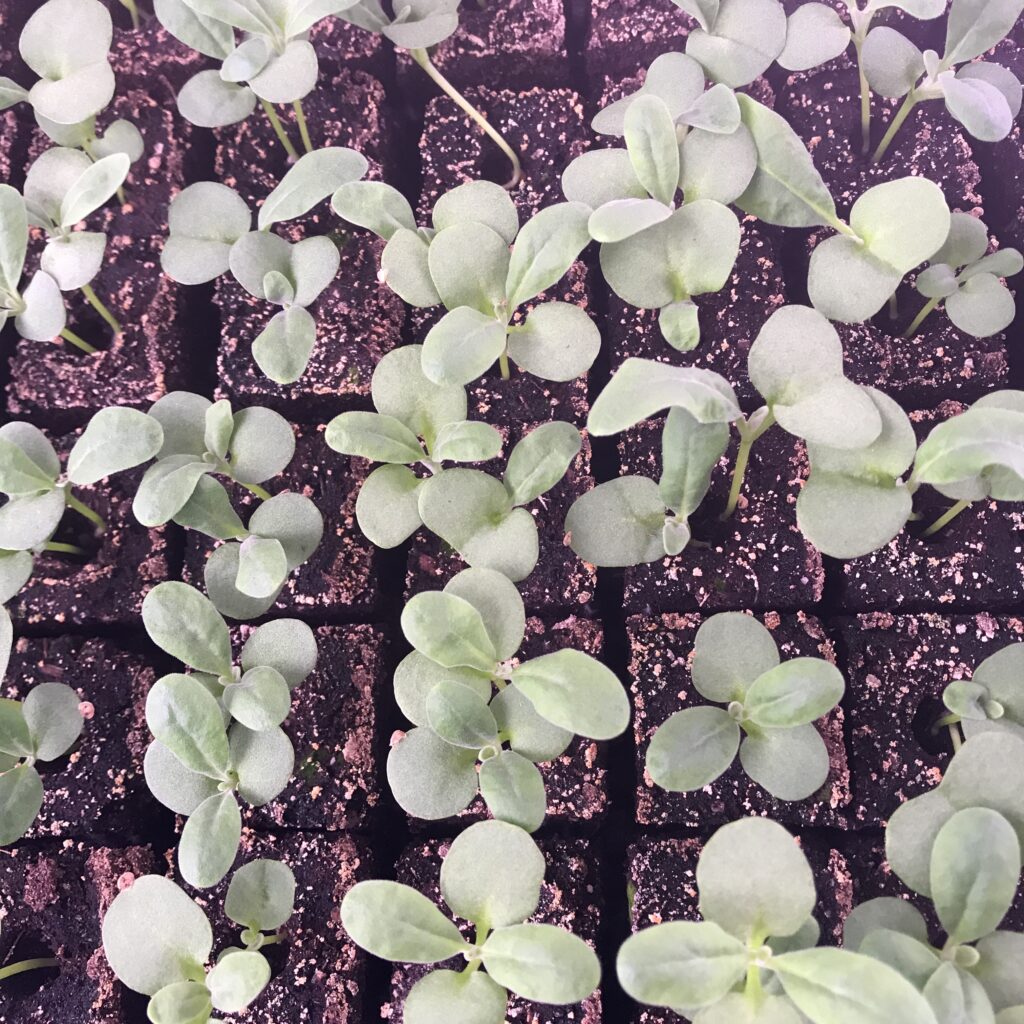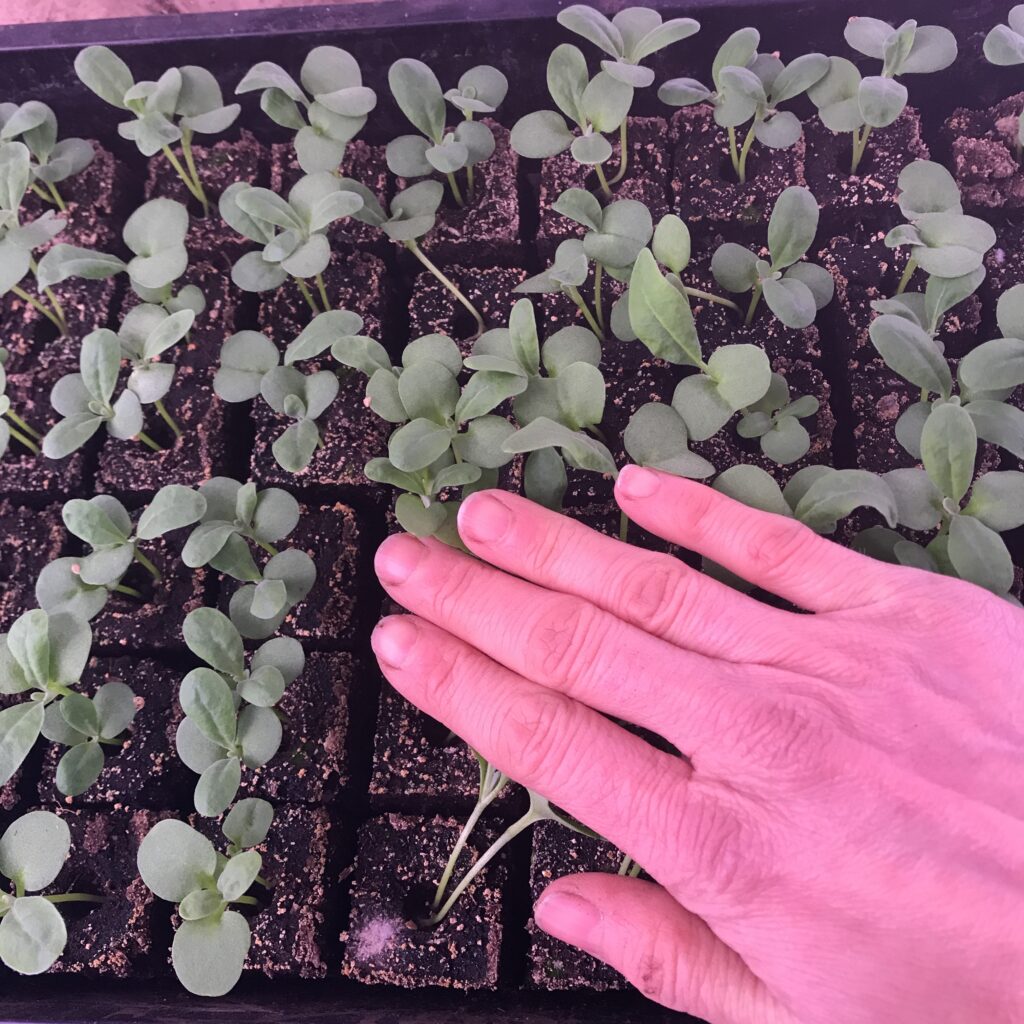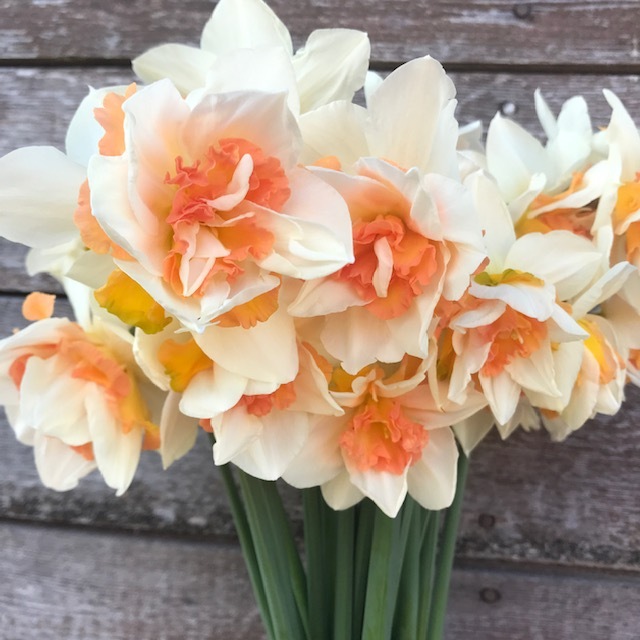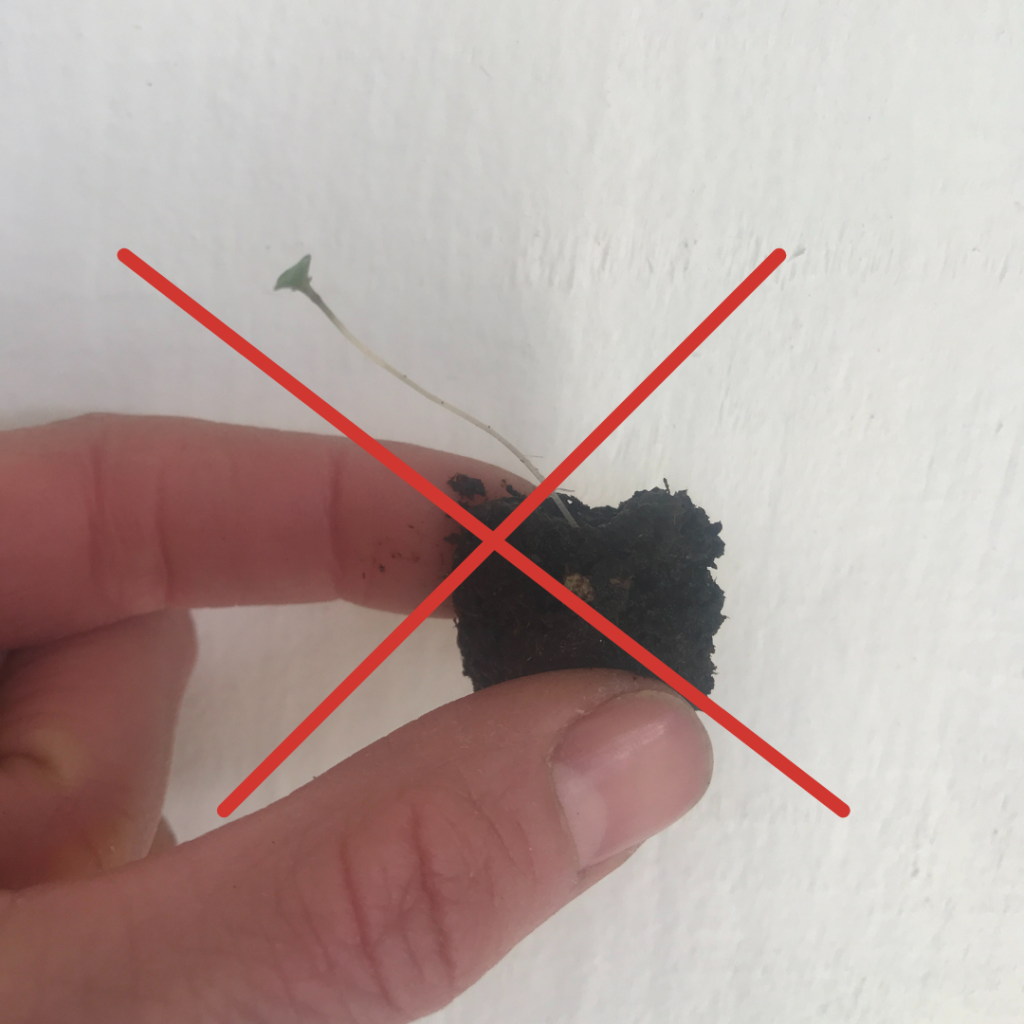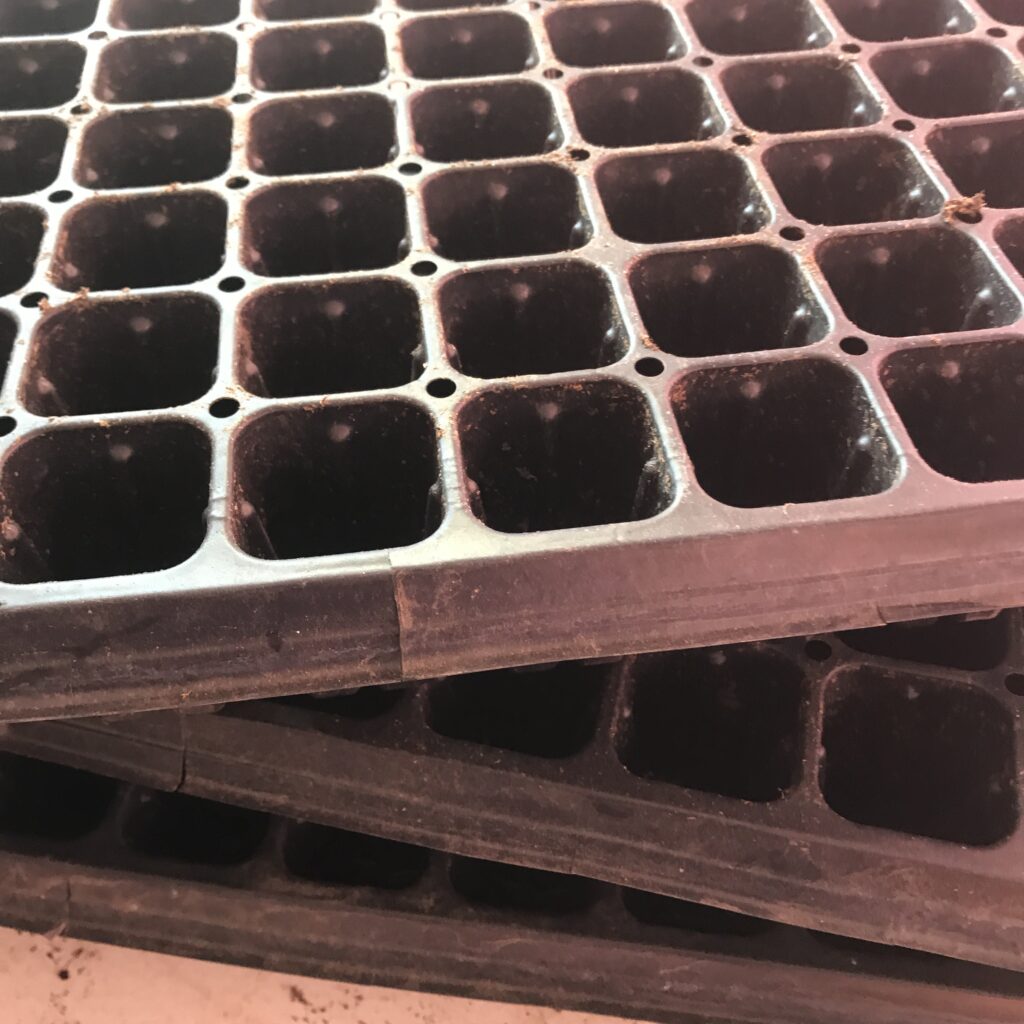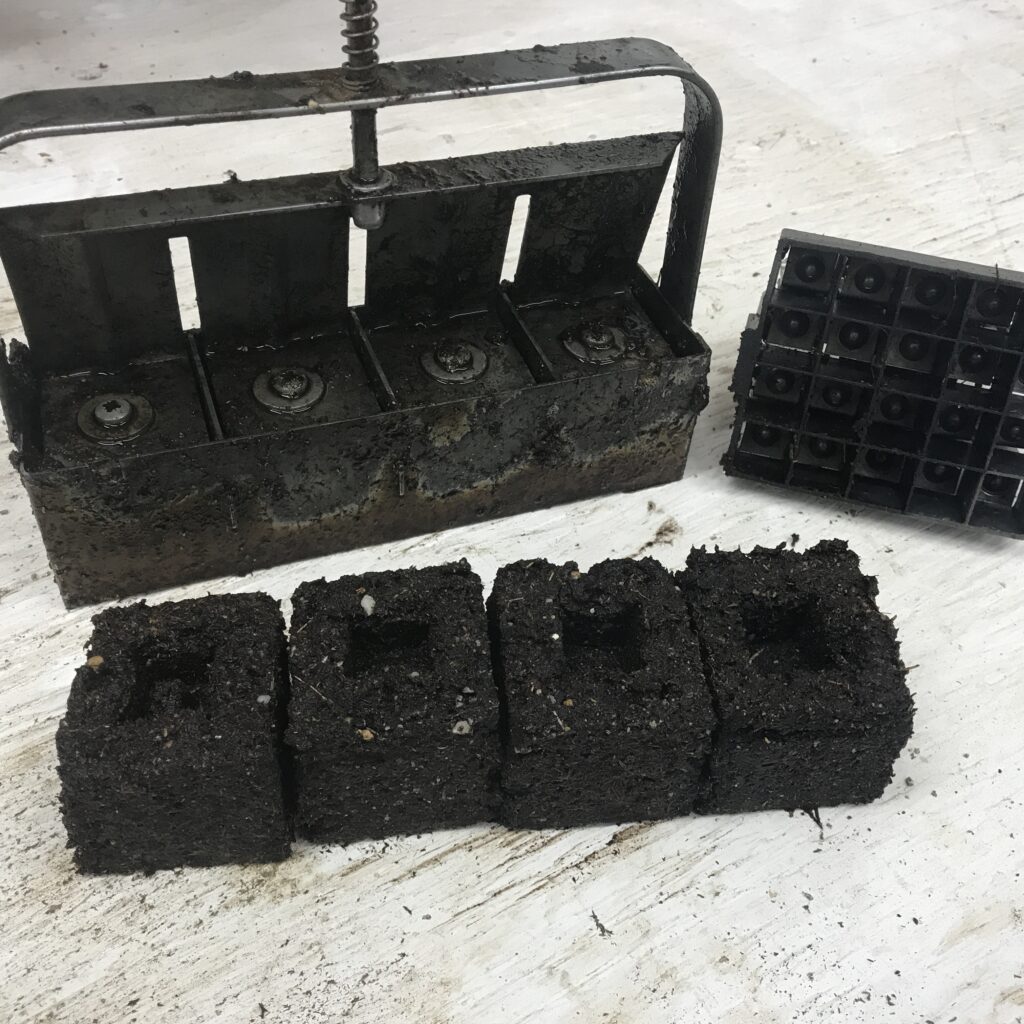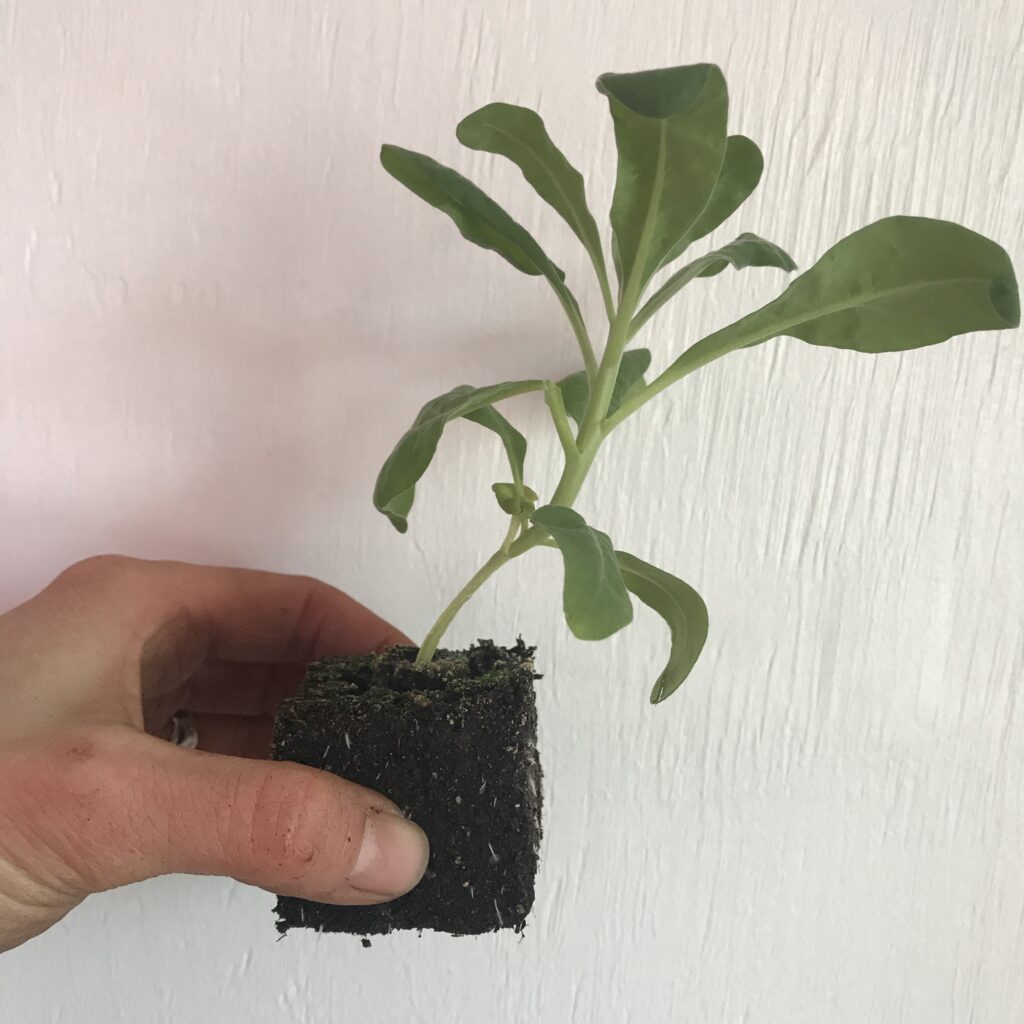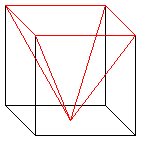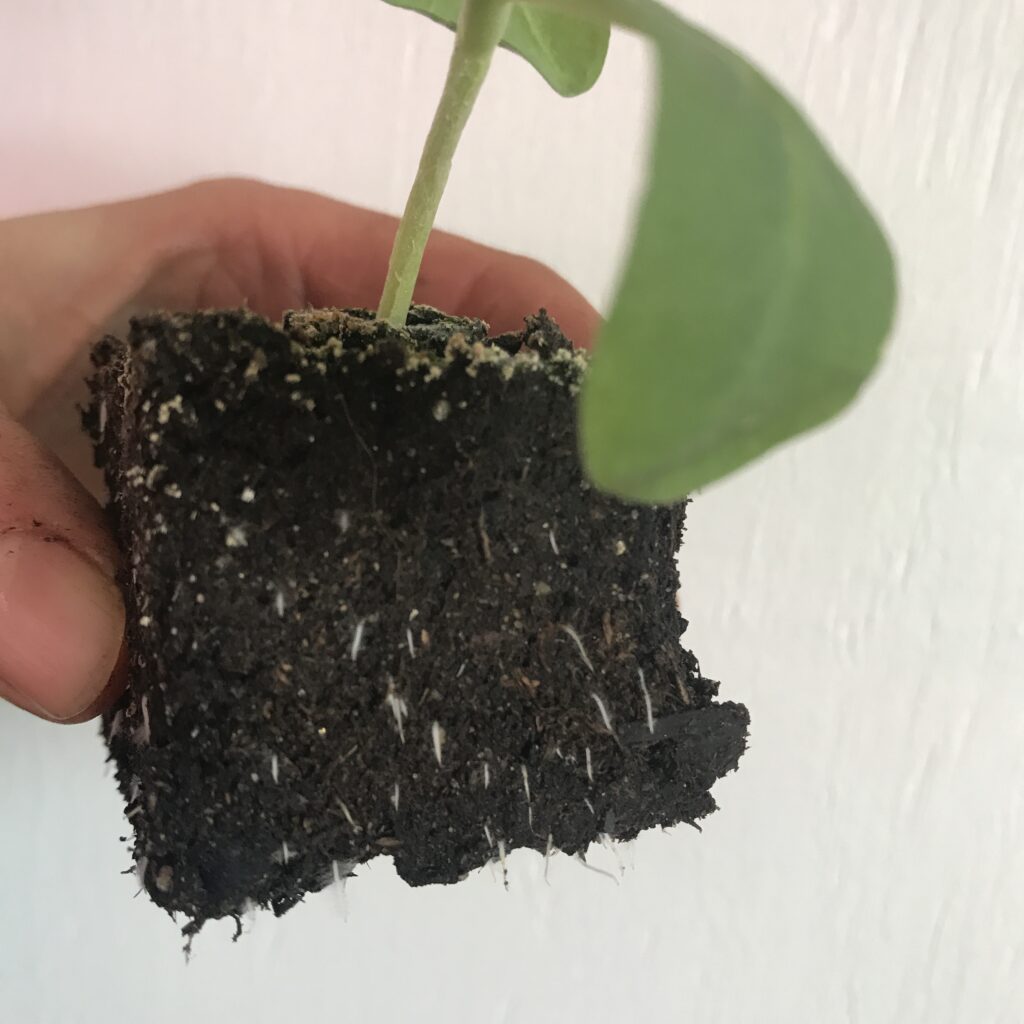12 Garden Tasks to Tackle in April
Depending on the year, April can either be the first view that we have of spring, or it can already be in full swing and be quite dry. Here in the Okanagan, we need to be prepared for both scenarios. While some of the items on this list could have been completed in March, they will definitely be able to be completed in April.

1. Once the garden soil dries a bit, you can transplant out the cool weather seedlings that you started in February and March. Vegetable seedlings like broccoli, cabbage, brussel sprouts, kale, onions, and leek are all able to be planted out as soon as the soil is workable. Flower seedlings that are good candidates for an early start are snapdragons, sweet peas, and stock.
2. Direct sow peas, radishes, and leafy greens. Stagger your harvest by transplanting cool season greens and direct sowing.
3. Divide any flowering perennials that haven’t been divided in 3-5 years to maintain their vitality. Daylilies, Hostas, Delphiniums, and Irises will all bloom with renewed vigour if regularly divided.
4. Plant any new perennials of asparagus, rhubarb, strawberries, berry bushes, and flowering perennials.
5. April is also a great month to get those seed potatoes in the ground. Just ensure that the soil has dried out a little so that they won’t rot prior to sprouting.

6. Apply mulch around perennials, trees, and shrubs now, before the hot weather arrives, to maintain moisture in the soil.
7. Heavy snow and ice can cause branches on trees and shrubs to break over the winter. Prune out any damaged, broken, or dead wood.
8. It’s the last chance to plant any bare root trees and shrubs that you may have ordered. Ensure that they get planted while they are still dormant.
9. Keep your new transplants well-watered. April can be deceptively dry and those transplants don’t have root systems that can handle any drought yet.
10. If you are wanting to have more flowers blooming from snow melt right through to peonies, take some time to walk through garden centres, city parks, and neighbourhoods to see what is currently blooming and take notes/pictures of what you want to plant in the future.
11. Deadhead daffodils, tulips, and hyacinths once the blooms fade but leave all of the foliage to die back naturally. Doing so ensures that the plant isn’t putting energy towards making seed and allows the leaves to gather as much energy as possible for next year’s bloom.
12. Hopefully you left the dead foliage on your perennials over the winter to protect both the plants and the beneficial bugs that shelter within the dead material. If you did, now is the time to finally cut that dead foliage down. Consider using the chop-and-drop method to create easy mulch or move the material to the compost pile.
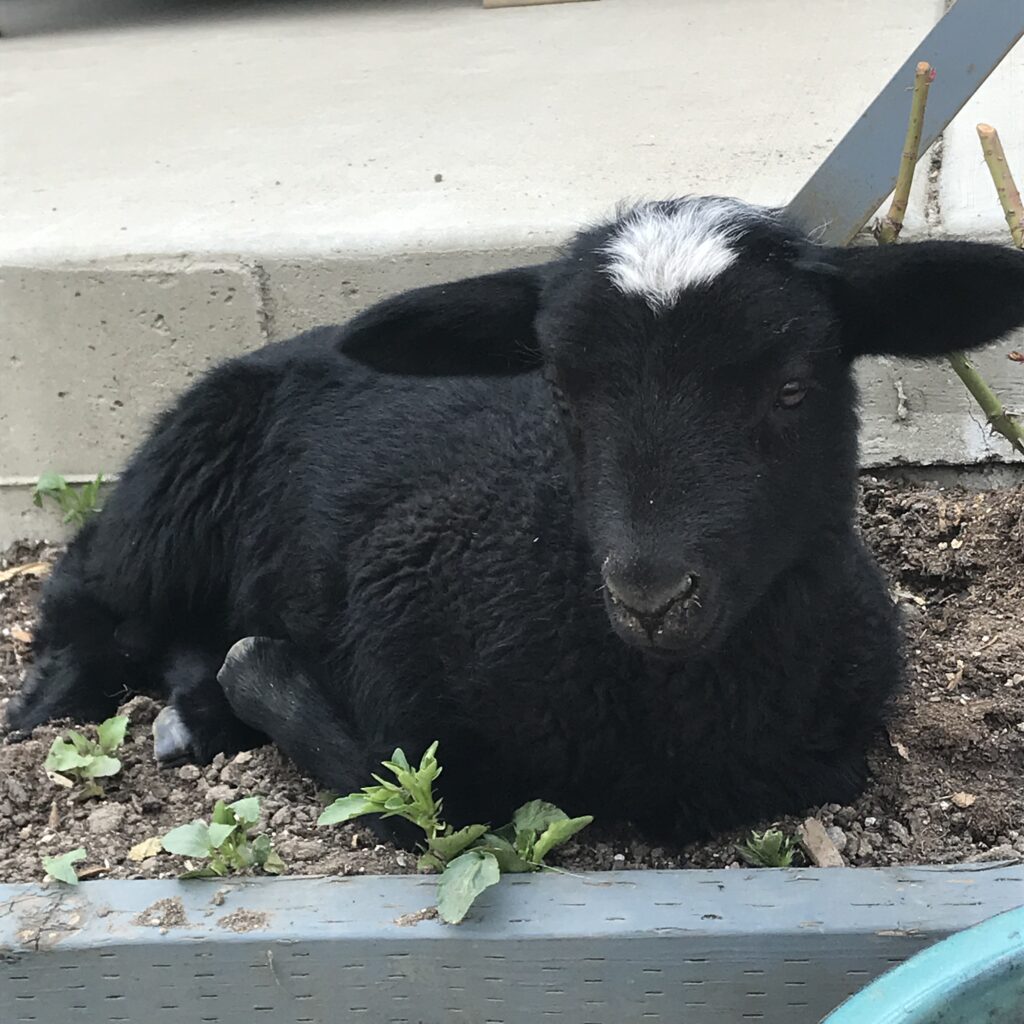
May all your transplants thrive, and may your spring flowers not be eaten by your spring lambs.
Nadine
